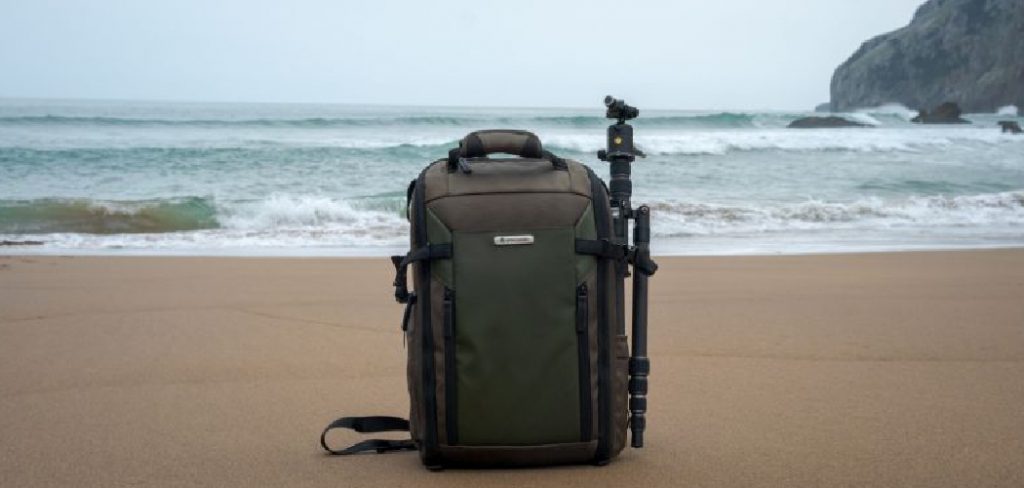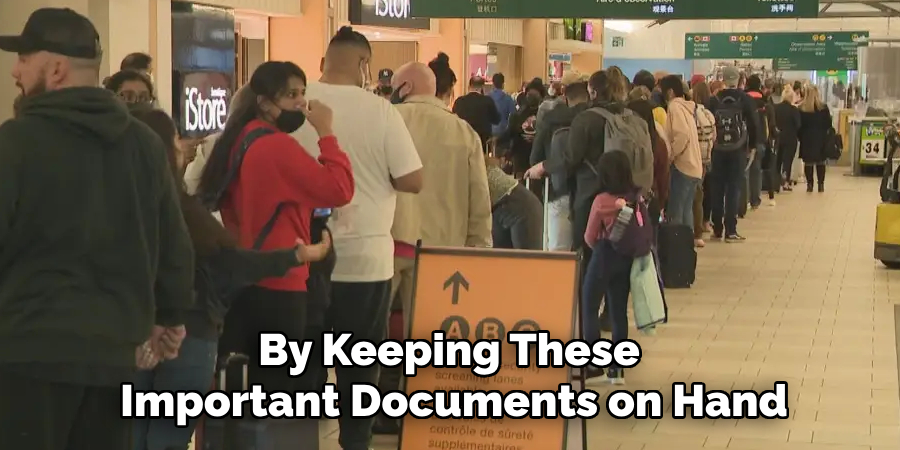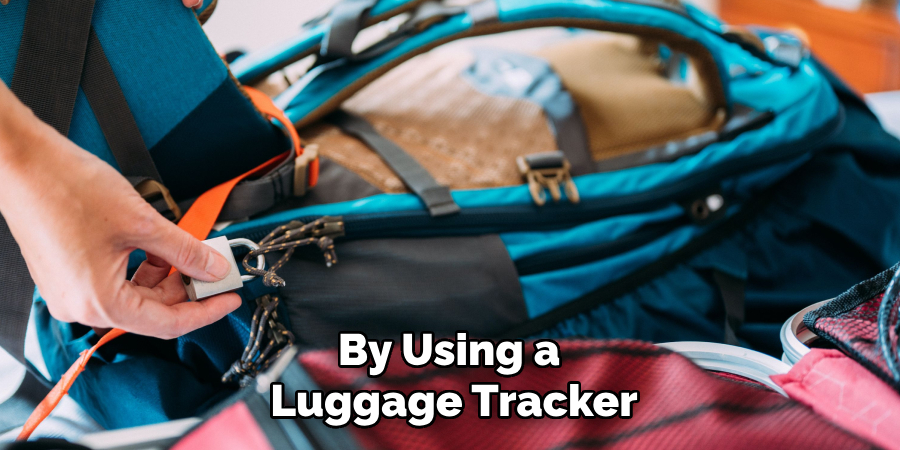Traveling can be an exciting and enriching experience, but it also comes with its own set of challenges and risks. One of the common concerns for travelers is the safety of their belongings, particularly when it comes to checked luggage. Unfortunately, theft from checked luggage is a real issue that can cause significant distress and inconvenience.

This guide on how to prevent theft from checked luggage aims to provide practical tips and strategies to help prevent theft from your checked luggage, ensuring that your belongings arrive at your destination as safely as you do.
Why is Theft From Checked Luggage a Concern?
Theft from checked luggage can happen for various reasons, ranging from opportunistic thieves to organized crime rings. Regardless of the motive, the impact on travelers can be significant. Not only do they lose valuable belongings, but it can also put them at risk for identity theft if important documents such as passports or credit cards are stolen.
In addition, dealing with lost or stolen items during a trip can be time-consuming and frustrating, causing unnecessary stress and potentially disrupting your travel plans. Therefore, taking preventative measures to protect your checked luggage is crucial to ensure an enjoyable and hassle-free journey.
Things to Consider Before Packing Your Checked Luggage
Avoid Packing Valuable Items:
The best way to prevent theft from checked luggage is to not pack any valuable items in the first place. If possible, leave expensive jewelry, electronics, and other high-value items at home. Instead, consider purchasing travel insurance that covers lost or stolen belongings.
Use a Durable Luggage:
Investing in a sturdy and durable luggage can help deter thieves from targeting your bag. Look for features such as reinforced zippers and lockable compartments to make it more difficult for someone to access the contents of your luggage without your knowledge.

Don’t Overpack:
Overpacking can put a strain on your luggage’s zippers and seams, making them more susceptible to breaking or tearing. This can make it easier for thieves to access your belongings without leaving any noticeable signs of tampering.
Consider Using a TSA-Approved Lock:
If you do decide to pack valuable items in your checked luggage, consider using a TSA-approved lock. These locks are designed to be opened by security officials if necessary, reducing the chances of your locked luggage being forced open and damaged during a baggage inspection.
6 Easy Step-by-step Guidelines on How to Prevent Theft From Checked Luggage
Step 1: Pack Strategically
When packing your checked luggage, be strategic about the placement of your items. Place less valuable and bulkier items, such as clothes and shoes, towards the outer edges of your luggage. Store more valuable or fragile items, if you must bring them, in the center of your bag, surrounded by layers of clothing for added protection.
This packing method not only cushions delicate items from potential damage but also makes it harder for opportunistic thieves to quickly access your valuables. Additionally, avoid placing all your important items in one location; instead, distribute them across different parts of your bag to further minimize the risk of theft.
Step 2: Keep Important Documents With You
One of the most effective ways to prevent theft from your checked luggage is to keep important documents with you in your carry-on bag. Essential items such as your passport, boarding pass, identification, credit cards, and travel itinerary should always remain in your personal possession. This practice not only reduces the risk of these critical documents being stolen but also ensures that you have easy access to them when needed during your journey.
By keeping these important documents on hand, you can avoid the potential nightmare of having to replace them in a foreign country or unfamiliar location. Additionally, consider using a travel wallet or document organizer to keep these items secure and organized, making it less likely that they will become lost or misplaced. Doubling down on security with a money belt or hidden pouch worn under your clothes can provide an added layer of protection and peace of mind.

Step 3: Use Luggage Tags Wisely
Luggage tags are an essential tool for identifying your bags, but they can also expose personal information if not used carefully. To protect your identity and privacy, use luggage tags that have a cover or flap to shield your contact details from prying eyes. Ensure that the information provided on the tag is minimal yet sufficient for someone to contact you if your luggage is lost. Typically, your name, email address, and phone number should suffice.
Another smart practice is to use a secondary address, such as a work address, instead of your home address to prevent potential thieves from knowing where you live. Inside your luggage, place a duplicate tag or card with the same contact information in case the external tag gets detached or lost. This precaution doubles your chances of recovering your luggage should it go missing. By using luggage tags wisely, you can strike a balance between making your bags identifiable and maintaining an appropriate level of privacy and security.
Step 4: Pack an Emergency Lock
Bringing an emergency lock with you can be an effective way to add an extra layer of security to your checked luggage. In the unfortunate scenario that you find your primary lock has been tampered with or damaged, having a backup lock on hand can safeguard your belongings for the remainder of your journey. Choose a robust, TSA-approved lock to ensure it meets airport security standards and can be opened without being destroyed during inspections.
When packing your emergency lock, place it in an easily accessible section of your carry-on bag so you can quickly retrieve it if needed. This proactive measure can minimize the time your luggage is left unsecured. Additionally, familiarize yourself with how to set and reset the lock combination before you travel so you aren’t faced with any confusion or delays in securing your bag. By packing an emergency lock, you can maintain peace of mind, knowing that you have a contingency plan to protect your valuables throughout your trip.
Step 5: Consider a Luggage Tracking Device
With the advances in technology, there are now various luggage tracking devices available on the market that can help you keep tabs on your checked luggage. These devices use GPS or other tracking technology to monitor the location of your bag and provide updates through a mobile app or website.
By using a luggage tracker, you can quickly determine if your bag has been misplaced or stolen, giving you valuable time to take action before it’s too late. Some trackers also come with additional features such as tamper alerts and proximity alerts, which notify you if someone tries to open your luggage without your knowledge or if it moves out of a designated range. While these devices may come at an additional cost, the peace of mind they provide can be invaluable.

Step 6: Inspect Your Luggage Upon Arrival
After retrieving your checked luggage, take a few moments to inspect it for any signs of tampering or damage before leaving the airport. Check that all zippers and seams are intact and that nothing appears missing or broken inside your bag.
If you do find evidence of theft or damage, report it immediately to airport authorities and document any missing items or damages with photos for insurance purposes. Taking quick action can improve your chances of recovering any stolen items and filing a successful insurance claim. By inspecting your luggage upon arrival, you can address any issues promptly and ensure that your trip ends on a positive note.
Additional Tips for Preventing Theft From Checked Luggage
Choose Non-descript Luggage:
Opt for plain and unbranded luggage instead of designer or luxury brands that may attract attention from potential thieves. A nondescript bag can help you blend in with other travelers and reduce the risk of being targeted.
Keep Your Travel Plans Private:
Avoid discussing your travel plans or itinerary with strangers, especially in public places where others may overhear. Sharing too much information about your trip can make you a target for theft, so it’s best to keep these details private.
Take Photos of Your Luggage Contents:
Before packing, take photos of all the items you are bringing with you. This will not only serve as a record in case of theft but also help you remember what was inside your bag if any items go missing during your trip.
Leave Valuables at Home:
As a general rule, it’s best to avoid packing valuable items in your checked luggage. If possible, leave expensive jewelry, electronics, and other valuables at home to reduce the risk of loss or theft. If you must bring them with you, consider keeping them in your carry-on bag instead.
Use a TSA-Approved Lock:
When selecting a lock for your checked luggage, choose one that is approved by the Transportation Security Administration (TSA). This ensures that airport security can open and inspect your bag if needed without damaging the lock.
Be Mindful of Baggage Handlers:
While most baggage handlers are honest and hardworking, there have been instances of theft from checked luggage by airport employees. To reduce the risk, try to avoid checking in your bags too far in advance and keep an eye on them as they are being loaded onto the plane.

By following these tips on how to prevent theft from checked luggage and taking extra precautions, you can minimize the chances of theft from your checked luggage and enjoy a stress-free journey. Remember that prevention is always better than dealing with the aftermath of a stolen or damaged bag, so take the time to secure your belongings before you travel. Safe travels!
Conclusion
When traveling, it’s essential to take necessary precautions to protect your checked luggage from potential theft or damage.
By following these six steps on how to prevent theft from checked luggage – packing strategically, keeping important documents with you, using luggage tags wisely, packing an emergency lock, considering a luggage tracking device, and inspecting your bag upon arrival – you can minimize the risk of experiencing any unfortunate incidents related to your checked luggage.
Remember to always stay vigilant and prioritize your safety and security while traveling to have a stress-free journey. Safe travels!
About
Safety Fic is a distinguished figure in the world of Diy design, with a decade of expertise creating innovative and sustainable Diy solutions. His professional focus lies in merging traditional craftsmanship with modern manufacturing techniques, fostering designs that are both practical and environmentally conscious. As the author of diy, Safety Fic delves into the art and science of Safety Fic-making, inspiring artisans and industry professionals alike.
Education RMIT University
(Melbourne, Australia) Associate Degree in Design (Safety Fic) Focus on sustainable design, industry-driven projects, and practical craftsmanship. Gained hands-on experience with traditional and digital manufacturing tools, such as CAD and CNC software.
Nottingham Trent University
(United Kingdom) Bachelor’s in diyfastly.com and Product Design (Honors) Specialized in product design with a focus on blending creativity with production techniques. Participated in industry projects, working with companies like John Lewis and Vitsoe to gain real-world insights.
Publications and Impact
In diy, Safety Fic his insights on indoor design processes, materials, and strategies for efficient production. His writing bridges the gap between artisan knowledge and modern industry needs, making it a must-read for both budding designers and seasoned professionals.
